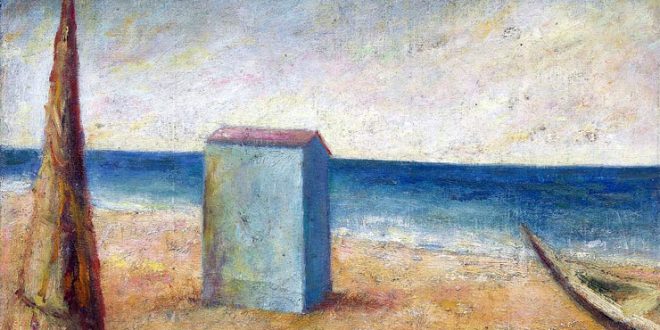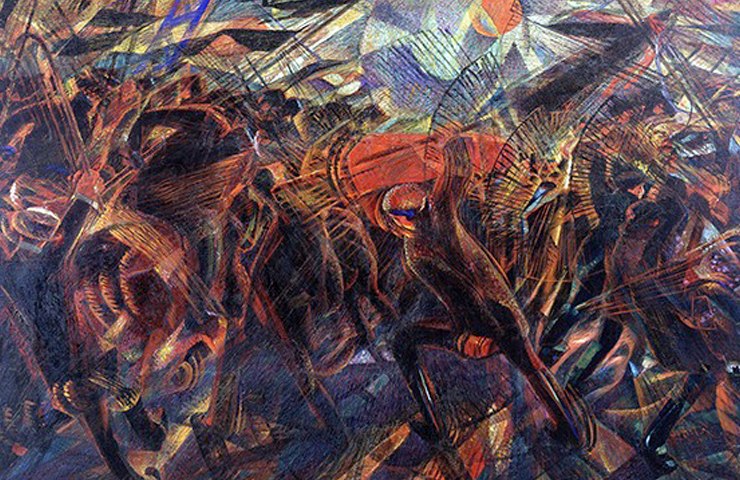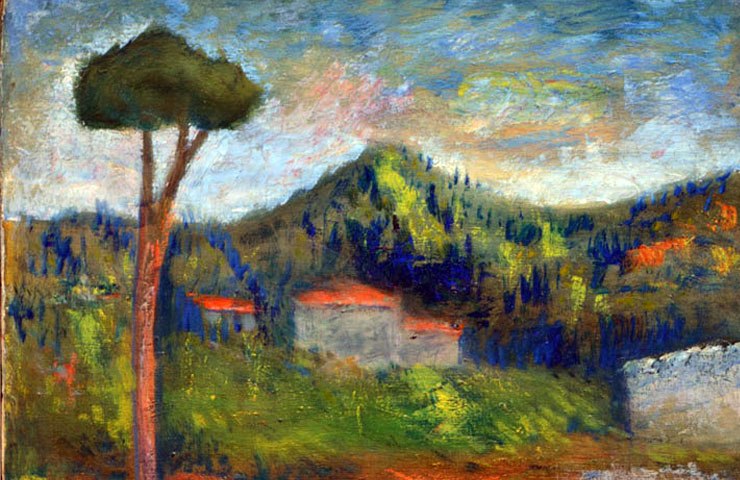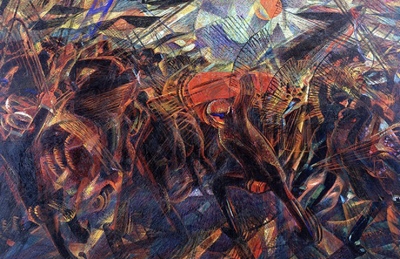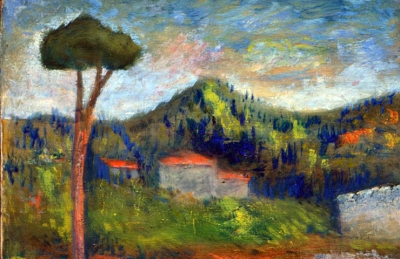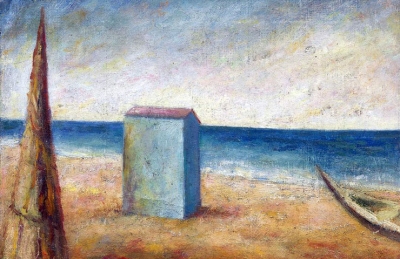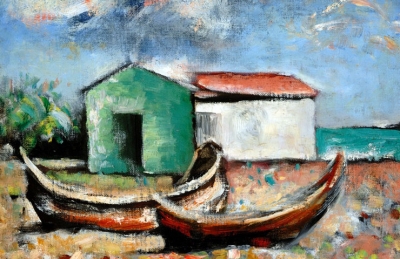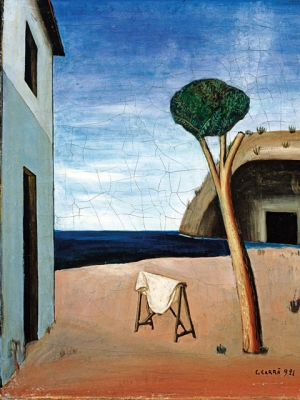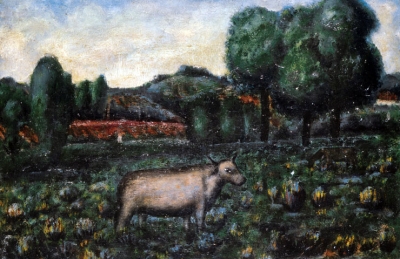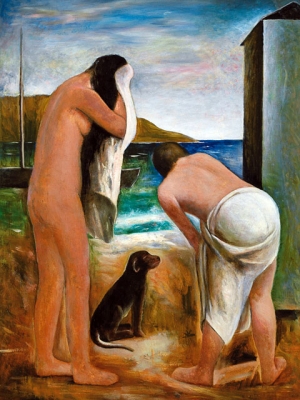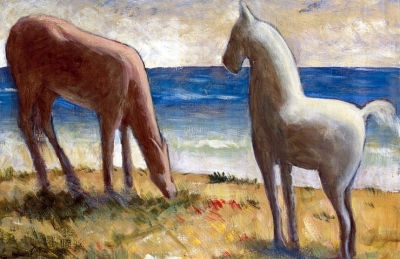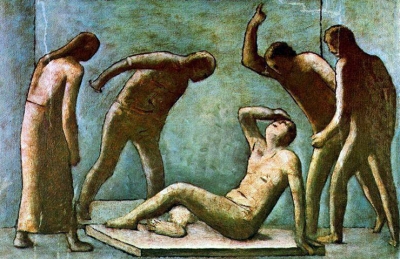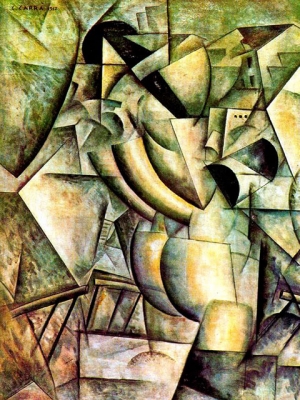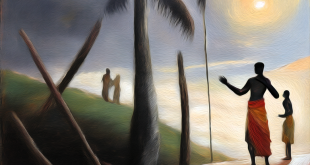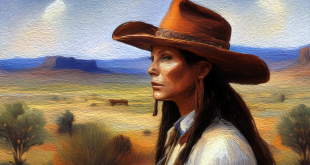Dreaming of becoming an influential artist, while others would marvel at.
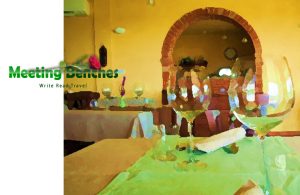 Its territory offers you the possibility of relaxing walks in country lanes that give you spectacular panoramic views of the hills. What can you do in Quargnento? Follow the paths of the Art dedicated to Carlo Carrà, visit its Town Hall, the Basilica of San Dalmazio and Villa Cuttica di Cassine. Before leaving, stop at the restaurant Osteria delle zucche vuote, at number 21 of Vallerina street https://osteriadellezucchevuote.wordpress.com/, so you will also have added scents and flavors to your trip to this town in the province of Alessandria, where that very famous Italian painter was born.
Its territory offers you the possibility of relaxing walks in country lanes that give you spectacular panoramic views of the hills. What can you do in Quargnento? Follow the paths of the Art dedicated to Carlo Carrà, visit its Town Hall, the Basilica of San Dalmazio and Villa Cuttica di Cassine. Before leaving, stop at the restaurant Osteria delle zucche vuote, at number 21 of Vallerina street https://osteriadellezucchevuote.wordpress.com/, so you will also have added scents and flavors to your trip to this town in the province of Alessandria, where that very famous Italian painter was born.
CARLO CARRA’ was an artist who helped shape one of the most important avant-garde movements of the early 20th century. Many of his works, as you can observe, were the representation of what Futuristic concepts stood for. Remaining a symbol of Futurism, later in his life, he started combining his artistic ideas with Cubism. He pioneered the style of painting called Pittura Metafisica.
He was born in Quargnento (Alessandria), but soon painting became his only preoccupation in life. In the year of 1900 CARLO CARRA’ was in Paris (where he became acquainted with contemporary French art), decorating pavilions at the Exposition Universelle. In 1906 he studied under the guidance of Cesare Tallone, attending classes at the Brera Academy. Four years later, alongside some his friends, he decided to launch a new artistic movement. In 1910, their common goal was the Manifesto of Futurist Painters. Looking for his 1918′ oil on canvas “The Oval of Apparition”? You must go Galleria Nazionale d’Arte Moderna, Rome.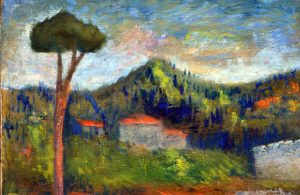
His 1911′ most famous painting (The Funeral of the Anarchist Galli), with its dynamic action, power and violence, really embodies Futurist ideals. Through moody and well-constructed works, but also through his many years of teaching at the Milan Academy, CARLO CARRA’ greatly influenced the course of Italian art. In Milan, visiting Pinacoteca di Brera, you can admire his 1911′ painting “Rhythms of Objects” (oil on canvas, 53 x 67 cm).
The intellectual property of the images that appear in this blog correspond to their authors. The sole purpose of this site, is to spread the knowledge of these artists and that other people enjoy their works. To pursue this issue, you can digit: https://www.youtube.com/watch?v=P273pi-N_rs
Audio Player Meeting Benches World art in all forms
Meeting Benches World art in all forms
